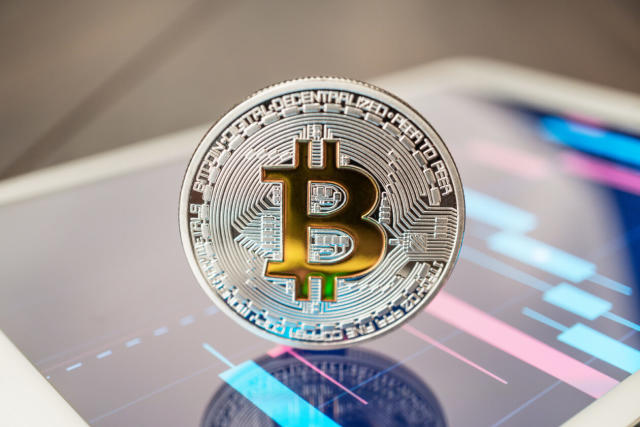
- Cryptocurrency
Bitcoin rally after halving: to be or not to be
Do you want to know how to make money from this?
Register for free and get expert advice, access to a training course and webinars.
Key points:
- The impact of the halving on the Bitcoin price in 2024 remains ambiguous.
- Optimistic analysts expect the price of the asset to increase by 160% within 12-14 months after the halving.
- Other analysts believe that the price has already reached a new record high.
The cryptocurrency community is watching with interest a possible sharp increase in the price of Bitcoin this year, which occurs on the eve of the upcoming halving of the cryptocurrency. This change in the blockchain technology underlying the cryptocurrency is intended to slow the rate at which new bitcoins are created.
An analysis of past Bitcoin halvings, which occurred in 2012, 2016 and 2020, shows a clear correlation with subsequent increases in its price. In each of these cases, the Bitcoin rate increased significantly: for example, in 2020, a year after the halving in May, its value increased by more than 545%.
Analysts’ forecasts
The upcoming Bitcoin halving is scheduled for April 19-20, 2024. The halving means that miners’ rewards for mining new blocks will be reduced by 50%, making mining less profitable and slowing down the production of new coins.
Bitcoin enthusiasts believe that a reduction in supply while increasing demand will lead to an increase in its value. Bitfinex analysts predict a 160% increase in the price of the first cryptocurrency within 12-14 months after the halving, which could lead to a new all-time high of $150,000.
The current halving cycle is different from previous ones in that the price of Bitcoin had already reached a new all-time high before the event occurred. This anomaly can be interpreted as a bullish signal, but it also introduces an element of uncertainty into forecasting future market dynamics.
Previous halvings and price movement
Halvings, which occur approximately every four years, have preceded periods of explosive growth for Bitcoin in the past (2012, 2016, 2020). Proponents of this theory believe that the scenario will repeat itself in 2024, causing another bull cycle.
Bitcoin’s recent 60% year-to-date rise is partly due to anticipation of the halving and other factors – the emergence of new spot Bitcoin exchange-traded funds (ETFs) in the US and the expectation of an influx of institutional investment.
Analysts suggest that the effect of reduced supply may have already been factored into the current price of Bitcoin. It is noted that in 2020, in addition to the halving, the Bitcoin rally was influenced by other factors, such as soft monetary policy and the activity of retail investors investing free funds in cryptocurrencies.
Thus, the impact of halving on the Bitcoin price in 2024 remains ambiguous.
Do you want to know
How to make money from the news
Register for free and get:
- Expert consultation;
- Access to the training course;
- Opportunity to participate in webinars

